Past Events
Interested in Cotsen events? Sign up for our mailing list.Speaker: Dr. Miriam Stark, Professor, Department of Anthropology, University of Hawai'i
The Mekong Basin that Angkorian Khmers inhabited was a watery world. Annual monsoon rains dictated their farming and shaped their mobility, and short-term droughts that followed each year’s rainy season drove Khmers to dig household ponds and temple reservoirs. Chinese, Khmer and Cham histories include a Khmer origin story in which a foreign ruler conquers and marries a local serpent princess, and the bride’s father drains the local waters to create farmland for his daughter’s new dynasty. Environmental studies suggest that increasingly severe floods challenged Angkor’s urban engineers, and the decades-long droughts that followed pushed farmers on the Angkor Plain to their limits. Angkorian life revolved around water, and so did the life of its capital, but not simply in response to climate. Water has been intrinsic to Angkorian cosmology since the beginning of Khmer recorded history: simultaneously salubrious, secular and sacred. Water frames my presentation on Angkorian archaeology, which begins with the Khok Thlok origin story, examines the cosmology of water in Angkorian Cambodia, and problematizes Angkor, which BP Groslier described as his “hydraulic city”: from the household level to the urban scale. Archaeological and environmental research offer rich, and occasionally, competing perspectives on how water shaped 9th-15th century Khmers.
Contact Matthew Swanson
Email mswanson@ioa.ucla.edu
Phone
Speaker: Dr. Justin Walsh, Associate Professor, Department of Art History and Archaeology, Chapman University
The archaeology of human activity in space has been conceptualized since the 1990’s. Early work included definition of the parameters of the field, identification of subject material and sites, development of methodologies, and integration of common terrestrial archaeology activities such as cultural resource management and heritage protection into space archaeology. More rarely, but no less significantly, there have been research projects carried out by academic archaeologists as part of efforts to push the envelope of “the possible” in archaeological practice.This lecture will begin by outlining the history of space archaeology to date and contextualizing it within developments in the field of contemporary archaeology more generally. The author will then describe how they are undertaking the first archaeological investigation of a permanent habitation site in space: the International Space Station. The ISS Archaeological Project (ISSAP; https://issarchaeology.org) is applying the latest technological tools, including machine learning and crowd sourcing techniques, to classifying data from millions of images depicting life on board the space station during the last 17 years. This information will be used to map patterns of astronaut presence and absence in various locations, and the associations between crew, objects, and spaces on ISS. The results will enable a better understanding of how a society and culture forms on a spacecraft, and improve life during long-duration missions.
Contact Matthew Swanson
Email mswanson@ioa.ucla.edu
Phone
Speaker: Dr. David Fredrick, Associate Professor, Department of Classical Studies, University of Arkansas
3:00pm -- Panel Discussion on Critical Archaeological Gaming with Chris Johanson, Demetri Terzopoulos, Eddo Stern, and Lisa Snyder
4:00pm -- Reception
5:00pm -- David Fredrick Lecture: Data Games: Cognitive Mapping in Ancient Pompeii
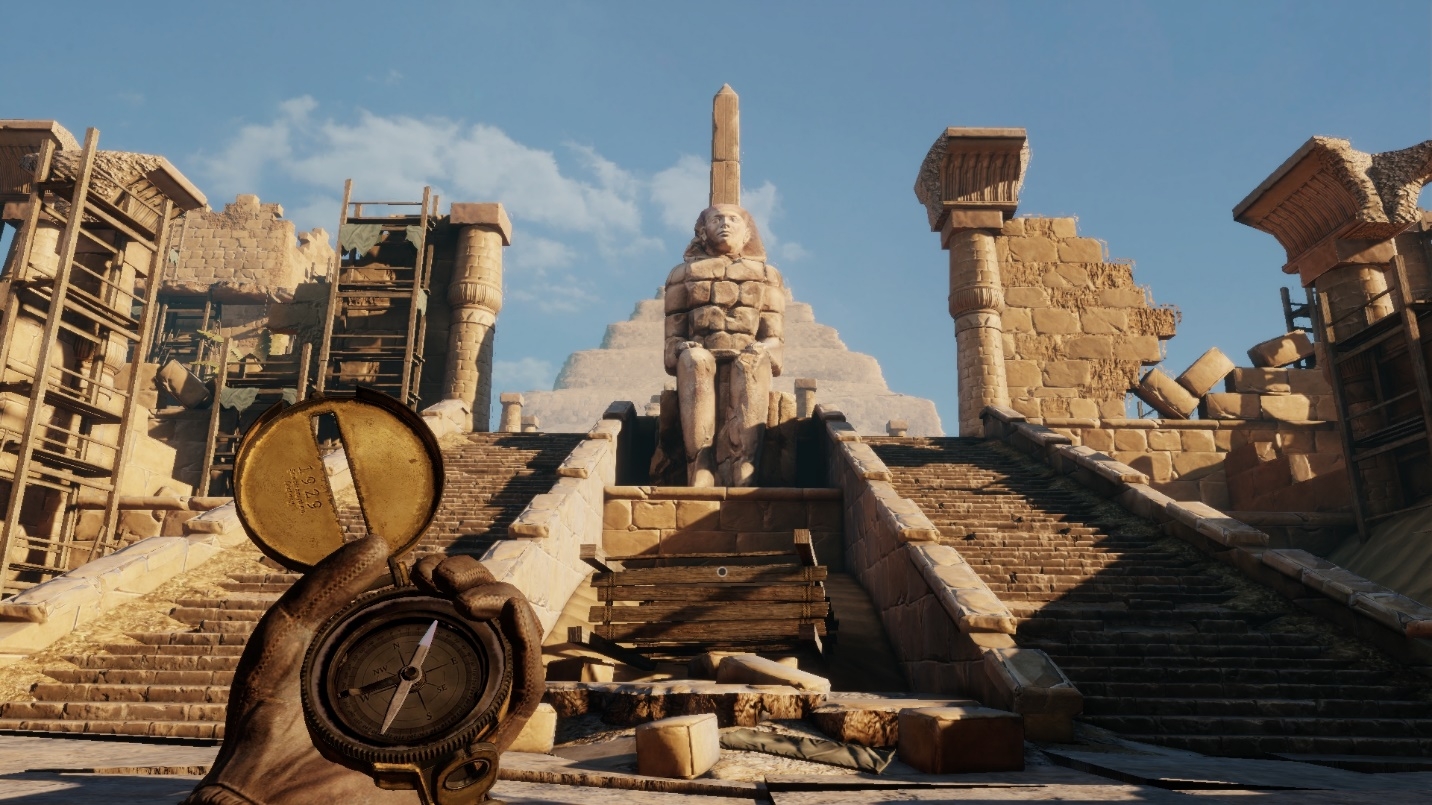
Contact Matthew Swanson
Email mswanson@ioa.ucla.edu
Phone
This will be a series of two 30-minute lectures
"Perception in Palatial Architecture: The Example of the Tupkish Palace at Tell Mozan" by Dr. Federico Buccellati
Space, as an expression of the architectural volumes expressed in Mesopotamian palatial architecture, can seem an abstract, distant concept, visible but not understood, and lacking interaction. These volumes, however, carry a deeper meaning: they conditioned and were affected by the daily life of the individuals who used these spaces. The aim is to go beyond the factuality of the data, important though that is, and to recover, through arguable and documentable procedures, the human perception. This perceptual impact encompasses not only the sense of sight, but also sound, smell and touch. The archaeological record gives only partial evidence, as is always the case, but this is often enough to draw meaningful conclusions.
"Architecture Between Bricks, Images and Words" by Dr. Maria Gabriella Micale
The centrality of architecture in the Mesopotamian worldview is reflected in both myth and reality. The presented research is a study of form and function of architectural representation and description. It analyzes the representation of Assyrian architecture by means of an innovative theoretical approach, which identifies features and functions of the occurrence of architecture in both images and texts, also in the light of the broader Mesopotamian culture. Contrary to the traditional scientific approach to images, which considers them mere reproductions of the physical built space, the project aims at defining the role of the textual description of architecture in the construction of visual imagery, the relationship among the different traditions (architectural, iconographic, and textual), and the paths of their reciprocal influences.
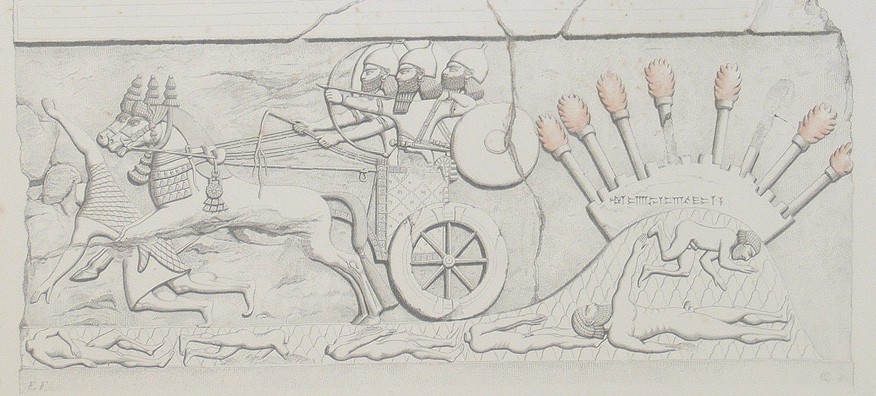
Contact Matthew Swanson
Email mswanson@ioa.ucla.edu
Phone
Speaker: Dr. Doug Bailey, Professor, Department of Anthropology, San Francisco State University
What happens when people attempt to discard and destroy a museum archive that contains many thousands of visual and material objects? In this workshop, we discuss the politics, potential, and violence of archive objects (specifically a cache of over 1200, 35-mm transparencies from the mid-late 20th century. What lives do they live? Are they passive and neutral objects resting peacefully in an institution's collection? Are they active material things? If the latter, then what affect do they have, what energies and essences do they constitute, what is their present and their future, where should they go, and what should they do?
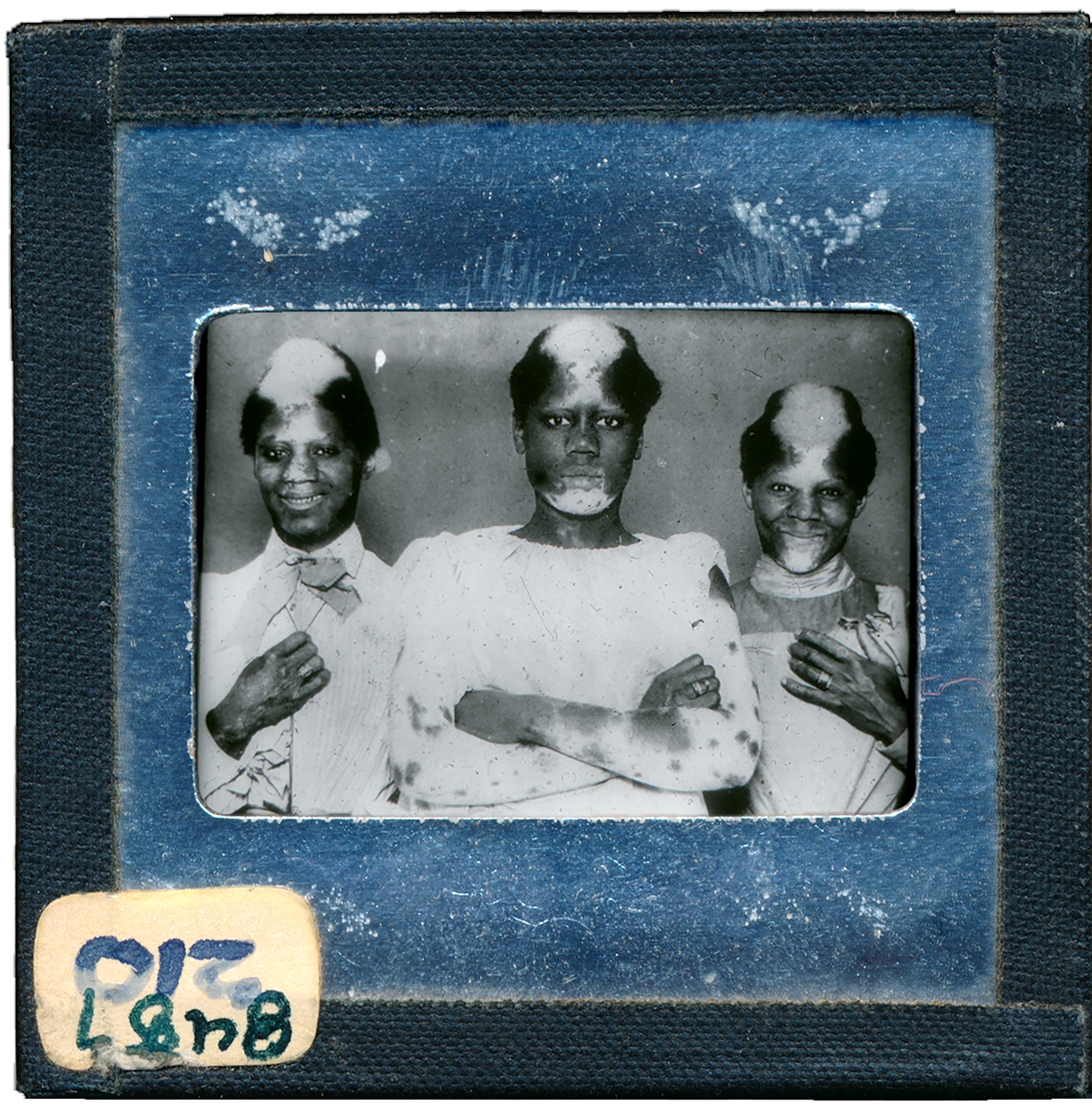
Contact Matthew Swanson
Email mswanson@ioa.ucla.edu
Phone
Speaker: Dr. Olivia Navarro-Farr, College of Wooster
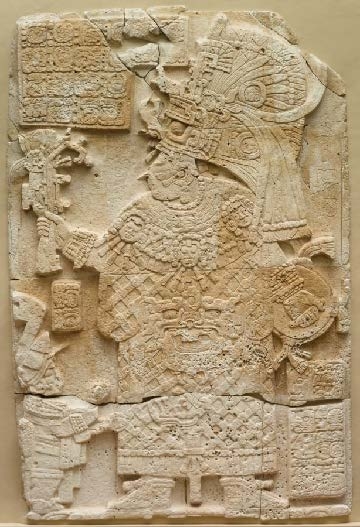 Recent investigations in Waka’s primary civic-ceremonial structure discovered a royal tomb including the remains of Queen K’abel. These excavations also revealed the name of an earlier, previously unknown Kaanul queen, Ikoom Sak Wayis, likely pertaining to the interment of a royal female excavated at the site’s palace complex in 2004. This discussion focuses on the wide-ranging evidence that underscores the place of these queens in the collective social memory of ancient Wakeños, their diplomatic capabilities, and their political importance. This examination also serves to initiate conversations about increasing theoretical considerations of how women acted deliberately and meaningfully as agents of ancient statecraft.
Recent investigations in Waka’s primary civic-ceremonial structure discovered a royal tomb including the remains of Queen K’abel. These excavations also revealed the name of an earlier, previously unknown Kaanul queen, Ikoom Sak Wayis, likely pertaining to the interment of a royal female excavated at the site’s palace complex in 2004. This discussion focuses on the wide-ranging evidence that underscores the place of these queens in the collective social memory of ancient Wakeños, their diplomatic capabilities, and their political importance. This examination also serves to initiate conversations about increasing theoretical considerations of how women acted deliberately and meaningfully as agents of ancient statecraft.
Contact Matthew Swanson
Email mswanson@ioa.ucla.edu
Phone
Speaker: Dr. Thomas Garrison, Ithaca College
In 2016, the National Center for Airborne Laser Mapping (NCALM) acquired over 2100 square km of data over the Maya Biosphere Reserve in Guatemala, representing the largest single LiDAR acquisition for archaeological research. Sponsored by PACUNAM, a consortium of scholars representing different archaeological projects and nationalities have come together to analyze broad trends across the ten individual polygons covered by the data. Notable among the findings are patterns of settlement density and vacancy, an uneven distribution of intensive agricultural systems, and variations in regional connectivity and disconnectivity. A final aspect of the data, seen prominently around the ancient Maya kingdom of El Zotz, is the presence of elaborate systems of site defense. This talk will highlight some basic findings by members of the PACUNAM LiDAR Initiative (PLI) before focusing on what these data tell us about Maya warfare, defense, and politics. Particular attention will be paid to the discovery of a true Maya fortress, dubbed La Cuernavilla, and the implications this site has for understanding Maya politics in the aftermath of Teotihuacan's entrada into the lowlands in the 4th century A.D.

Contact Matthew Swanson
Email mswanson@ioa.ucla.edu
Phone
Speaker: Dr. Marcos Llobera, University of Washington
This talk centers on the on-going Landscape, Encounters and Identity project (http://leiap.weebly.com/) and various initiatives by members of the DigAR lab (Digital Archaeology Research Lab -www.digarlab.uw.edu/) at the University of Washington surrounding this project. Broadly speaking, the LEIA project is a landscape archaeology study that seeks to understand landscape and societal changes that played out from Pre-(Late Bronze Age) to medieval times in the Son Servera landscape (NE Mallorca, Spain). In addition to representing the first intensive and systematic surface survey in the island of Mallorca, the project has set out to meet several theoretical, methodological and public goals. Amongst the methodological goals, the project is developing new digital and computational tools for collecting, describing and analyzing survey and landscape data.
Contact Matthew Swanson
Email mswanson@ioa.ucla.edu
Phone
Speaker: Dr. Lorenzo d'Alfonso, New York University
Drawing upon textual and archaeological data, one can reconstruct the formation of a post-Hittite political entity in Cappadocia, the Land of Tuali, during the late 12th century BCE. This entity grew larger and more structured by the late 10th and 9th centuries before being substantially reduced by the late 8th century expansion of the Assyrian empire toward the northwest. Expanding from this central Anatolian case study, this talk will examine the historical processes that characterized the aftermath of the Hittite empire in Anatolia and the northern Levant and connect them to the fragility, collapse, and regeneration of early polities.
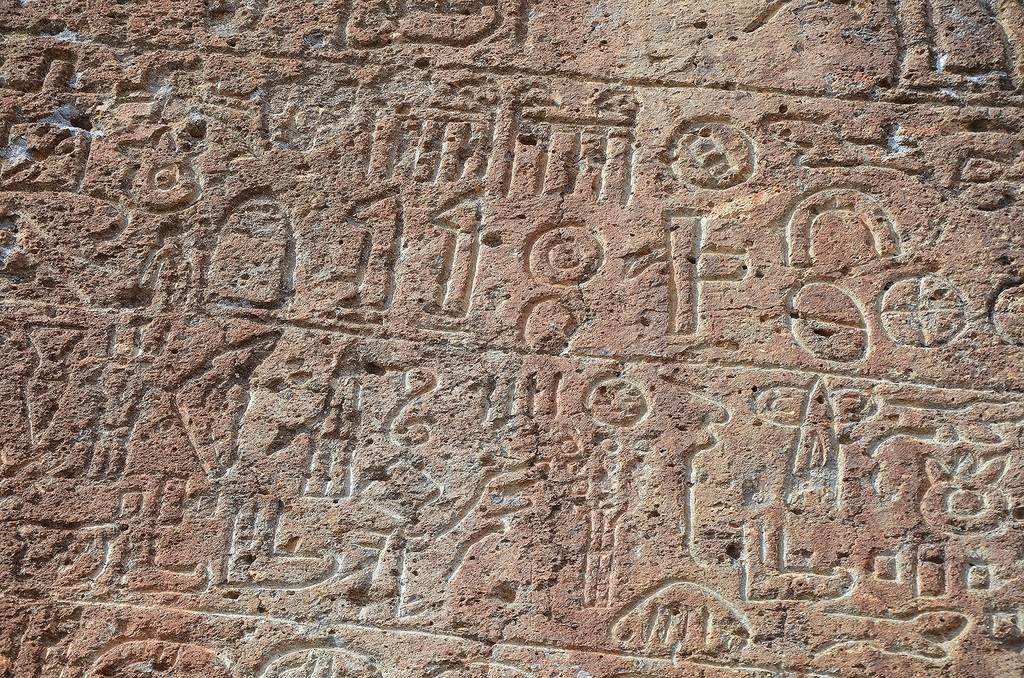
Contact Matthew Swanson
Email mswanson@ioa.ucla.edu
Phone
Speaker: Dr. Ridha Moumni, Institut de Recherche sur le Magreb Contemporain
In Tunis, the first collections of antiquities were established in the 18th - 19th centuries. European Consuls, foreign scholars, and international traders acquired most of the archaeological remains then available from the ancient city of Carthage. Whether growing out of their personal taste, commercial considerations, or a desire for cultural distinction, they enriched the collections of major European museums. This collecting practice was not limited to foreigners, but also touched the local ruling class. Ministers and the Bey himself constituted rich collections, the most famous of which belonged to the main Tunisian families of the 19th century. The result of ongoing sustained effort, these collections had a notoriety exceeding the country, guaranteeing the fame of their owners on a transnational level, as when they were exhibited in World’s Fair of 1855 and 1873. The Tunisian ruling class quickly became aware of the stakes of their cultural heritage, formerly ignored, which became an important referent of national identity before the French colonization in 1881.

Contact Matthew Swanson
Email mswanson@ioa.ucla.edu
Phone
- ‹ previous
- 3 of 7
- next ›
